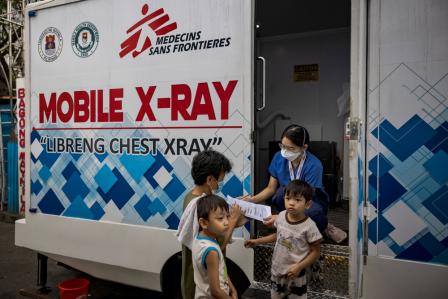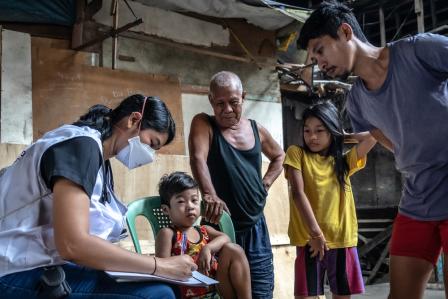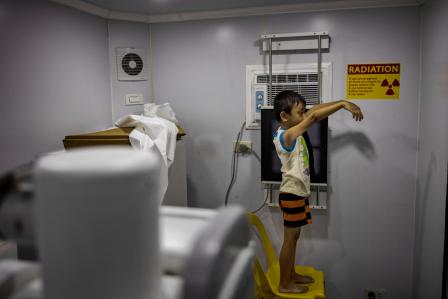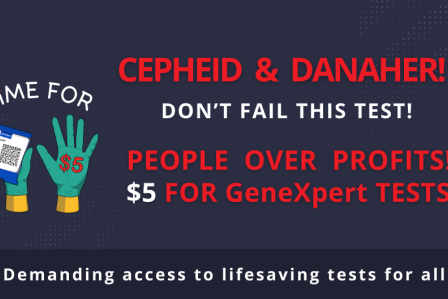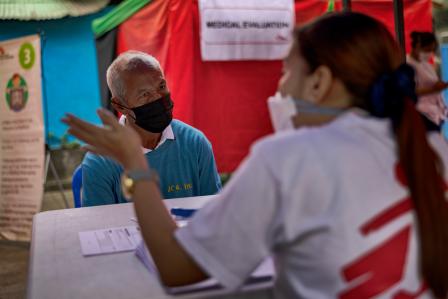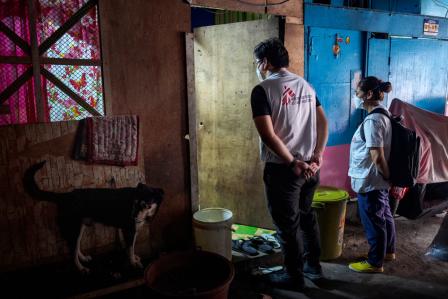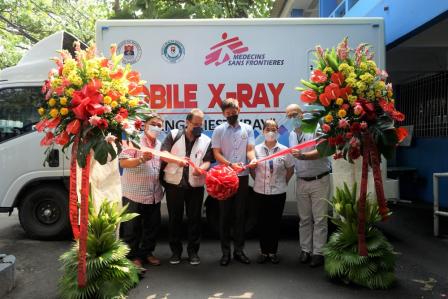Philippines: How artificial intelligence improves tuberculosis detection in Tondo
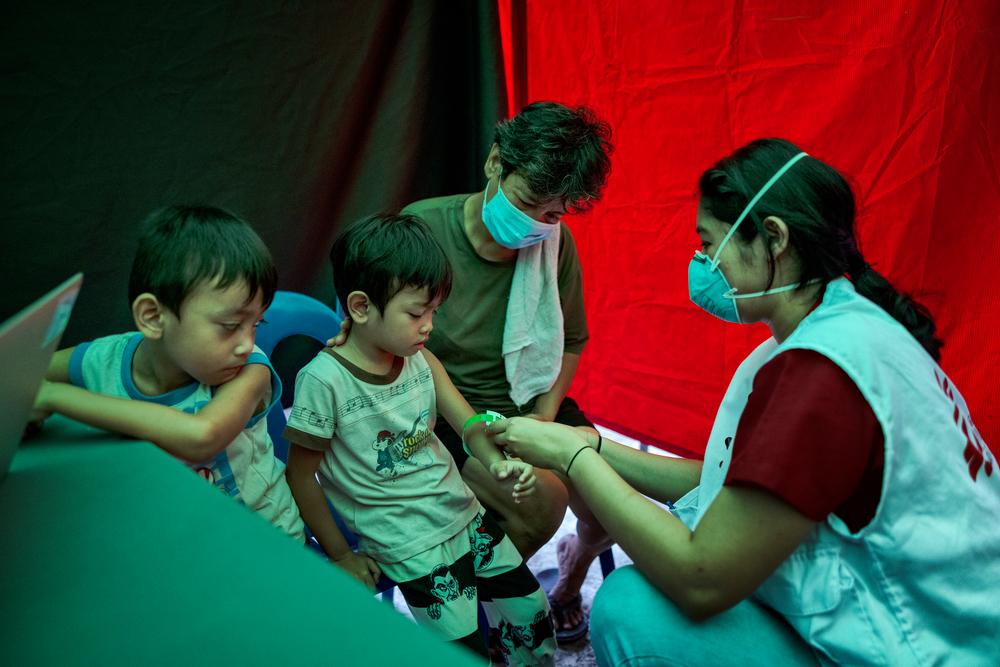
Agustina and her grandson Clark watch as a Doctors Without Borders medical personnel conducts a medical evaluation of her other grandson, Ion, in Tondo, Manila. Philippines 2023 © Ezra Acayan.
Tondo, a densely populated slum in Manila, Philippines, is grappling with a high prevalence of tuberculosis (TB), the world’s deadliest infectious disease, which disproportionately affects the world’s poorest communities.
Since 2022, Doctors Without Borders/Médecins Sans Frontières (MSF) teams and local partners have been fighting the disease in Tondo, going from neighborhood to neighborhood using a mobile X-ray truck combined with a new promising tool based on artificial intelligence (AI) to help detect signs of pulmonary TB on chest X-rays. This model has made it possible to increase the number of people screened and better detect household contact persons and put them on treatment.
The challenge of diagnosing TB in Tondo despite a higher overall prevalence
Overcrowded and confined living conditions, unsanitary housing, poor ventilation and high humidity create a breeding ground for the spread of TB bacteria and contamination, particularly among children, the elderly and individuals with weakened immune systems. “Our experience conducting active TB case-finding in Tondo, one of the most overcrowded slums in the world, shows that around 5% of the population has confirmed TB disease in the district, which is nearly five times the national average of 1% to 1.5%,” explains Marve Duka, medical team leader for Doctors Without Borders in Tondo.
More than 50% of people diagnosed with TB in our program have no symptoms at all.Marve Duka, medical team leader
The gradual and often asymptomatic onset of TB disease further complicates early diagnosis. “More than 50% of people diagnosed with TB in our program have no symptoms at all”, says Marve Duka. As a result, many Tondo residents do not seek treatment until their symptoms have become severe, increasing the risk of transmission to others in the meantime.
In addition, collecting and analyzing sputum—a type of thick mucus from a patient's lungs—to detect the presence of TB bacteria can be difficult and give false negative results when the level of bacteria is low, making it difficult to use for screening. To overcome these challenges and increase our ability to detect TB, Doctors Without Borders implemented AI-based technology to assist the radiologist in chest X-ray interpretation for TB.
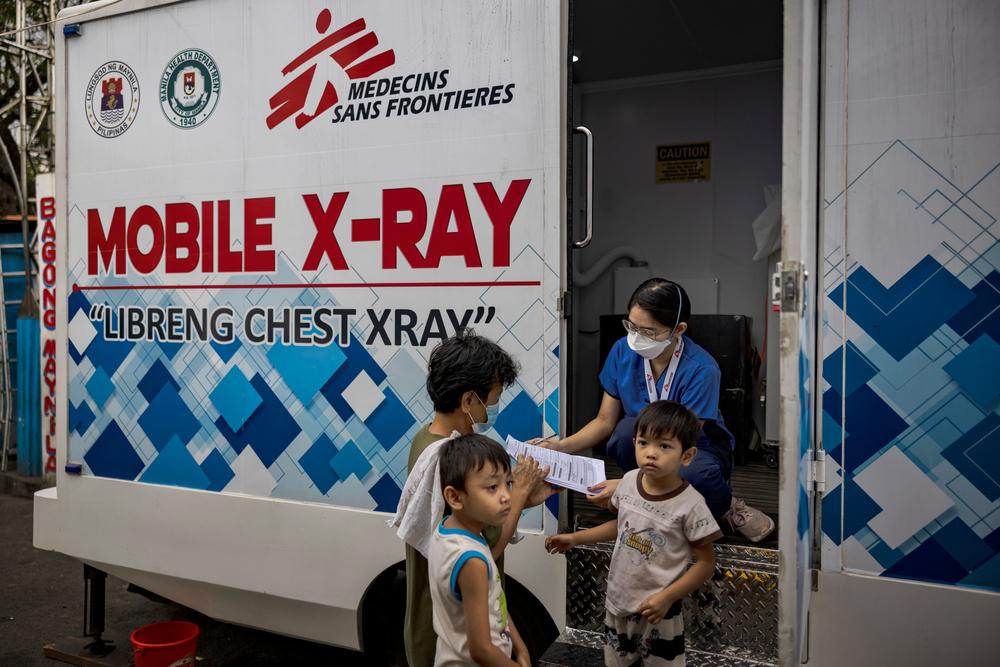
Agustina with her grandsons Clark and Ion speaks with Doctor Without Borders personnel at one of Doctor Without Borders' active case finding sites for tuberculosis in Tondo, Manila. Philippines 2023 © Ezra Acayan.
The role of AI in detecting TB
Computer-aided detection (CAD) is a tool that uses AI machine-learning algorithms trained on large chest X-ray datasets. CAD analyses chest X-rays for abnormalities suggestive of tuberculosis. In Tondo, CAD technology has been implemented by Doctor Without Borders as a complementary tool to make TB screening faster and more efficient, by helping radiologists and doctors to identify early signs of TB disease.
CAD results can be processed in less than a minute, generating a TB score that helps clinicians determine whether a patient needs to be referred for further testing. If a patient's CAD score exceeds a certain threshold, this indicates the possibility of tuberculosis, and the patient will have a sputum sample taken for confirmation by molecular tests such as GeneXpert. Using CAD, Doctors Without Borders can screen between 120 and 150 patients a day. The sputum samples are taken to the laboratory the same day and results are generally available within two to three days.
Early detection leads to earlier treatment initiation, which significantly reduces the risk of complications such as drug-resistant TB and organ damage and may decrease transmission of disease. For patients, this means a higher likelihood of recovery, fewer hospitalizations, and a better quality of life.
The implementation of CAD in Tondo in 2022 was accompanied by a study by Epicentre, the organization's epidemiology and medical research arm, which showed that CAD technology was met with positive perception and feedback from the community.
After just two weeks of treatment, patients are no longer contagious, which is very reassuring for patients and their relatives.Belen Rance, nurse
A dedicated team to support patients with TB
Doctor Without Borders' comprehensive approach to TB care in Tondo goes beyond diagnosis and treatment. As soon as the diagnosis of TB is confirmed, a patient support team announces the diagnosis, provides advice and health education, ensures that patients understand what TB is and why adherence to treatment is essential, and that they receive the care they need. “After just two weeks of treatment, patients are no longer contagious, which is very reassuring for patients and their relatives,” explains Belen Rance, a nurse who is part of the Doctors Without Borders patient support team.
The patient support team is also involved in contact-tracing activities, reaching out to TB patients’ household members to identify potential contact persons. Family members, particularly children, may be scheduled for chest X-rays and provided with TB preventative treatment if necessary.
TB treatment is provided free of charge for six months, ensuring that cost is not a barrier to accessing care. However, logistical challenges persist. Some patients, especially those who are working or attending school, face difficulties attending regular appointments at health centers. By bringing care closer to home, Doctors Without Borders is ensuring that more patients have sustainable access to TB care.
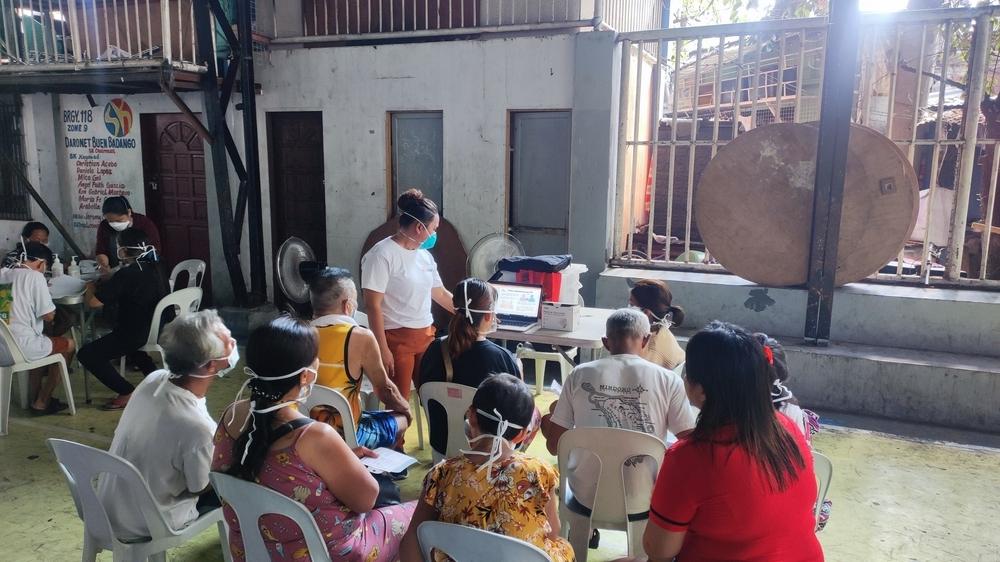
People waiting to be screened for TB at an Doctors Without Borders mobile clinic in Tondo, Manila. Philippines 2025 © Alice Gotheron/MSF.
A successful care model that can be replicated in environments with limited resources
By enabling faster detection of the signs of TB, CAD has considerably improved the efficiency of the diagnostic process, enabling healthcare workers to identify cases of TB quickly and begin treatment without delay. This technology is currently being used in other settings where the prevalence of TB is high, and radiology resources are limited.
“Another important advantage of CAD is its ability to work with limited resources,” Marve Duka adds. “In remote or underserved areas, where diagnostic equipment and qualified radiologists may be scarce, AI can help bridge the gap. The technology can be deployed on mobile devices, allowing healthcare staff to process and analyze X-rays directly in the community, without the need for expensive, centralized facilities.”
